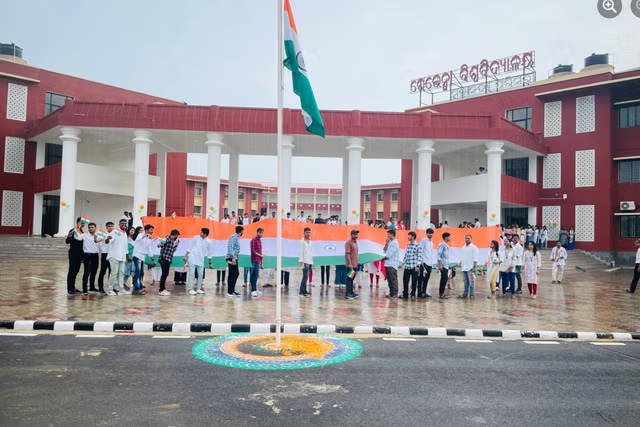Support truly
independent journalism
Support Now
Our mission is to deliver unbiased, fact-based reporting that holds power to account and exposes the truth.
Whether $5 or $50, every contribution counts.
Support us to deliver journalism without an agenda.

Louise Thomas
Editor
At least 14 people died in the Philippines as Tropical Storm Yagi brought destructive winds, heavy rains, and widespread disruption as it barrelled towards mainland China.
The storm, locally known as Enteng, triggered deadly landslides, floods, and swollen rivers across the northern and central regions of the country.
In Antipolo City, east of Metro Manila, a landslide buried shanties, killing three residents, including a pregnant woman.
Another four people drowned in nearby creeks and rivers, according to local disaster-mitigation officer Enrilito Bernardo Jr. Four other villagers remain missing after their house was swept away in the deluge.
Yagi, which packed sustained winds of up to 75kph (47mph) and gusts reaching 125kph (78mph), passed over Paoay town in Ilocos Norte province before moving into the South China Sea.
The storm is expected to strengthen into a typhoon as it continued northwest toward southern China, with an anticipated landfall on Hainan island by 7 September.

Schools and government offices in Manila and nearby provinces remain closed for the second consecutive day. Thousands of travellers were stranded as 34 domestic flights were suspended due to the stormy weather and sea travel was temporarily halted in several ports.
In a separate incident, a training ship anchored in Manila Bay was struck by another vessel driven out of control by rough waves. The collision damaged the ship’s bridge and ignited a fire, forcing 18 cadets and crew members to abandon the vessel. All were rescued safely by a passing tugboat and one individual who swam to safety.
The Philippine Atmospheric, Geophysical, and Astronomical Services Administration (PAGASA) warned of continued heavy rainfall in other parts of Luzon due to the enhanced southwest monsoon.
Yagi arrived just days after heavy monsoon rains flooded parts of Manila and barely a month after Typhoon Gaemi.
Gaemi didn’t make landfall in the Philippines but interacted with the southwest monsoon to cause heavy winds and torrential rainfall. At least 48 people were killed, with around 6.5 million affected by the severe conditions.
The Philippines experiences about 20 typhoons and storms a year. The archipelago’s location in the “Pacific Ring of Fire” makes it one of the world’s most disaster-prone countries, regularly facing devastating volcanic eruptions, earthquakes and cyclones.
Disclaimer: The copyright of this article belongs to the original author. Reposting this article is solely for the purpose of information dissemination and does not constitute any investment advice. If there is any infringement, please contact us immediately. We will make corrections or deletions as necessary. Thank you.



